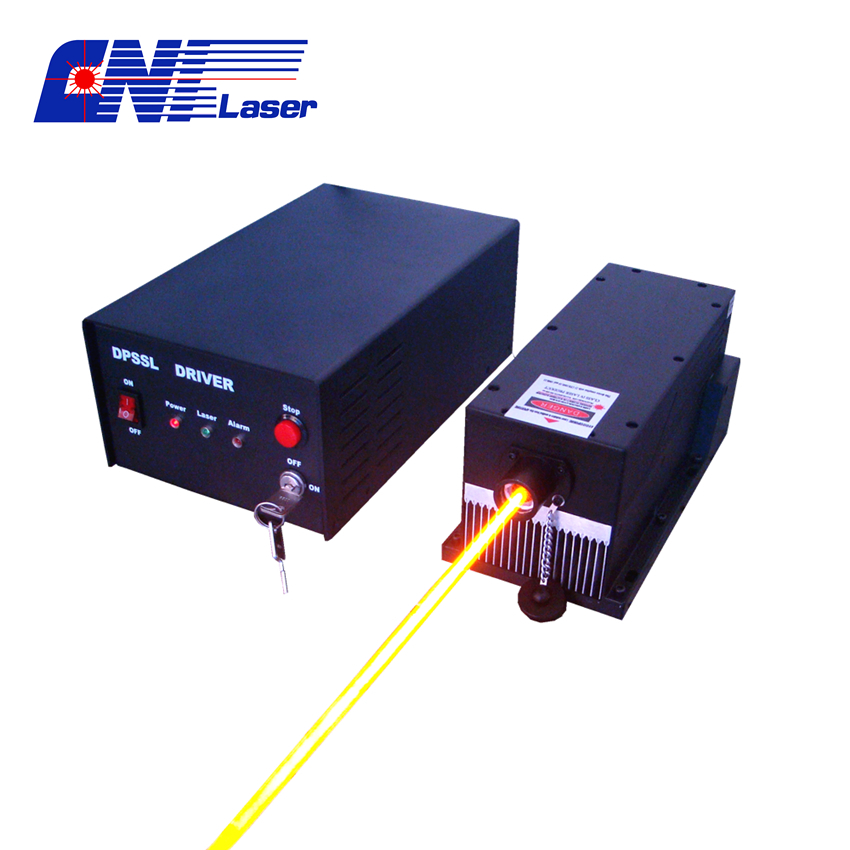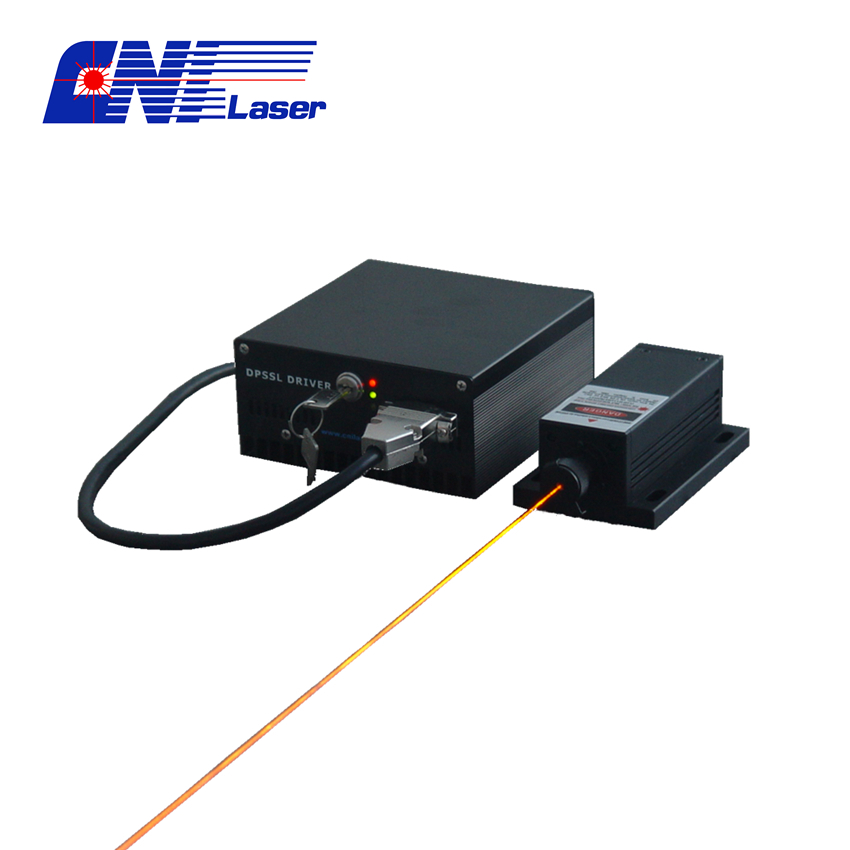Recently, the Chinese Academy of Sciences Shenyang Institute of Automation Information Services and Intelligent Control Technology Laboratory 3D electronic printing technology and equipment task group, using ink-jet printing technology successfully created high "aspect ratio" ultra-fine grid electrode grid to achieve the key technologies Breakthrough, and independently developed the first domestic inkjet printing prototype system.
Currently, more than 90% of crystalline silicon solar cells using screen printing technology to create metal gate. However, there are several shortcomings of screen printing: First, the printing process in contact with the substrate (silicon), likely to cause damage to the silicon; second is often caused by the silkscreen printing waste; third screen printing technology Accuracy and the aspect ratio of the printed fine grid is difficult to increase, which has become a major obstacle to reducing the cost and improving the efficiency of the crystalline silicon cell. Crystalline silicon solar cells are moving toward high efficiency, thinning and low cost improvements in three directions, inkjet printing technology is considered to replace traditional screen printing a new generation of solar cell gate manufacturing technology.
During the "12th Five-Year Plan", supported by the "863" national plan and the opening project of key laboratories of the Chinese Academy of Sciences, the research group of Shenyang Automation conducted in-depth study on the droplet ejection mechanism and carried out research on the suitability of domestic nano silver paste physical properties and printing technology , Independent research and development of high-speed engineering, high-precision printing control and a large array of nozzle linkage control technology. By optimizing the injection rate, printing resolution, curing conditions and other manufacturing processes, to achieve the front surface of the metal gate width
After introducing the inkjet printing technology into the preparation of ultrafine grid electrode of solar cell, the key technologies such as reducing electrode grid line width, digitally preparing electrode pattern, non-contact printing and continuous non-stop transmission are improved to increase production capacity and reduce production Chip rate, saving the loss of raw and auxiliary materials, reduce operating costs and improve the efficiency of photoelectric conversion and so has a very good performance. To 50MW standard battery production line calculation, the introduction of inkjet printing equipment, can improve solar cell conversion efficiency of 0.6%, silver material consumption reduced by 40%, saving operating costs 0.60 yuan / piece ~ 0.80 yuan / piece.
Inkjet ultra-thin grid electrode solar cell prototype system
Three-dimensional topography of ultrafine grid electrodes for inkjet printed solar cells
Yellow Laser excitation (between 560 and 600 nm) is potentially very useful for flow cytometry. DPSS (diode-pumped solid-state) yellow and orange lasers, the laser head comes with cooling and precise temperature control system, and power supply comes with overcurrent and overheating protection function. They are widely used in sodium guide star, holographic imaging and material analysis etc.
Following wavelength are available for yellow laser: 577 589
- Yellow High Power Laser: power >25 W;
- Yellow High Energy Laser: energy >5 mJ;
- Yellow high stability laser: stability <0.1%;
- Yellow Low Noise Laser: noise <0.25%;
-
Yellow Single Longitudinal Mode Laser: linewidth <0.00001 nm.


Yellow Laser,Ultra Compact Yellow Laser,Yellow Laser Medical Treatment,Dual Yellow Laser
Changchun New Industries Optoelectronics Technology Co., Ltd. , https://www.opticsqm.com